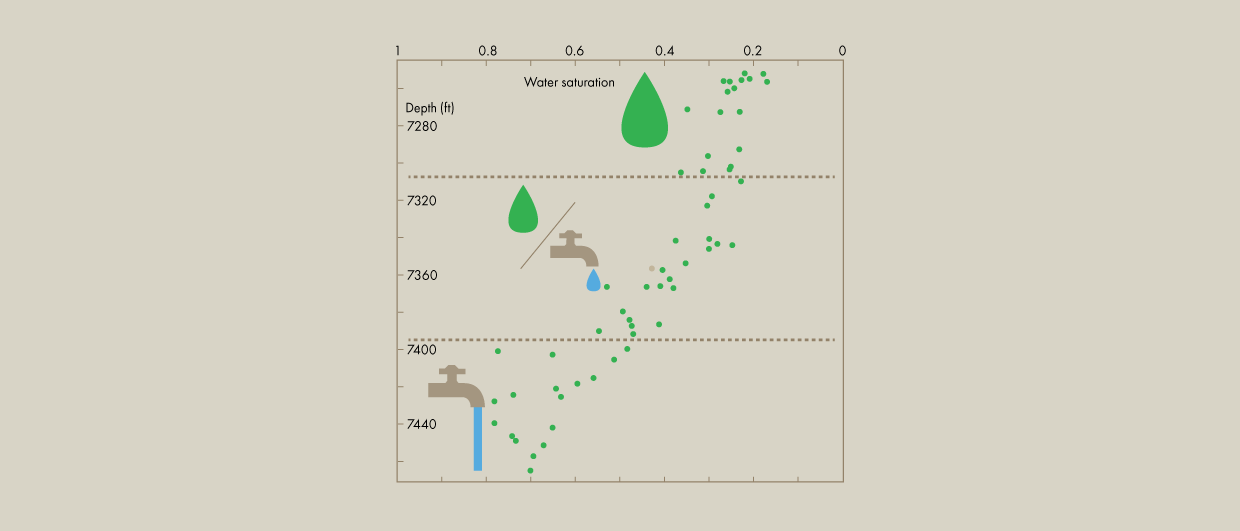Before anything, let’s clear the water: Production geology is not a cross-over between the cinema industry and our good ol’ geology. Production geology refers to unravelling the geological intricacies in the reservoir using the classical subsurface workflows aided by the dynamic behaviour during hydrocarbon production.
When the exploration geologist opens up the uncertainty spectrum by heavily leaning on geophysical data and broad geological concepts to map out prospective structures, the production geologist narrows down the possibilities to understand the connected hydrocarbon volumes by looking at the existing production performance at field level. Production geology connects the geology of the reservoir with the too often neglected physics of the reservoir.
Understanding connected volumes early can prove to be a game-changer for the asset team. Normally, critical subsurface uncertainties remain at the beginning of the field life and can only be unravelled by having more production data. A good example would be the sealing or leaking characteristic of a fault which can only be ascertained by comparing the connected volumes with the overall in place volumes… or drilling an additional well in the undrilled fault block.
Here are two examples where production geology expresses its might:
1) In a heavily faulted reservoir, the reconciliation between the overall static volume in place and the dynamically connected volumes from a P/Z plot observed at the producing wells during early production helped confirming undrained fault block. An infill well was successfully drilled. The asset team was instrumental to respond quickly because additional depletion would have rendered the infill well undrillable due to the excessive differential between virgin pressure (undrained scenario) and current pressure (depleted as per main block).
2) In a carbonate reservoir, cross plotting well test results versus depth against average Archie Saturation enabled the production geologist to distinguish three vertical levels: at the top with dry oil production, in the middle with a mix oil / water production and at the base largely dominated by water production. The initial FDP was steered toward focussing on the top level while zones with higher water production were sidelined until a surface water treatment facility is commissioned.
More with less
In our current era, where companies are reluctant to drill high-risk, high volumes exploration prospects, optimizing current reserves is the new way to go to arrest decline and in some cases replace reserves. Superior development of current reserves is also paramount to our push for carbone emission reduction. The rise of production geology will be a key enabler to do more with less.





